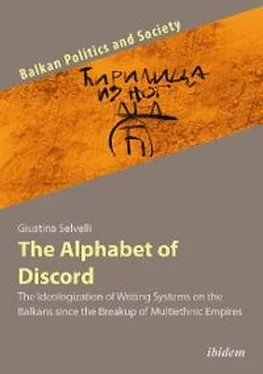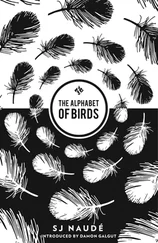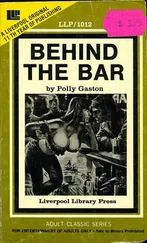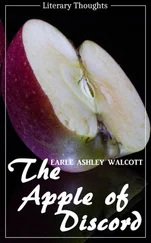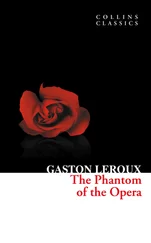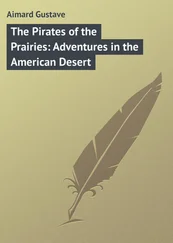In this context, it was quite clear that Greece had not acted sincerely towards its Slavic-speaking minority, especially because of the choice of the writing system in which this population was to be taught. A document from the archives of the League of Nations in Geneva 7illustrates the Greek position in a letter written to Colban on 10 November 1925 by Vasilis Dendramis, representative of the Greek government to the League of Nations (Filipov Voskopoulos 2006: 53-54). 8In it, Dendramis defended the decision to adopt the Latin alphabet for writing this language, justifying it on the basis of the positions of Slavicists such as Pavel Jozef Šafárik, Kuzman Šapkarev, Stojan Novaković, Vatroslav Jagić and others. In another document we also read that a linguist called O’Mologni, of the Secretariat of the League of Nations, spoke in support of the Cyrillic alphabet, explaining that the decision of the Greek government to adopt the Latin alphabet was connected with national reasons (ibid.). In fact, the motivations for this script choice are to be sought in political dynamics, certainly not in educational or orthographic ones: the adoption of an alternative writing system could serve as a defense against “Slavic” interference, with which the Cyrillic alphabet was associated, i.e., Bulgarian and Serbian propaganda, which, in the Greek view, to some extent threatened its sovereignty over Thessaloniki.
On 18 October 1925, a Greek army detachment crossed the Greek-Bulgarian border at the village of Petrich in Bulgaria. This event, called the Incident at Petrich, gave rise to a revival of the dispute over the Abecedar in the Bulgarian press, which unanimously condemned the appearance of this school manual, describing it as “a document of political hypocrisy and a mockery of the principles of national minorities proclaimed by international treaties and the League of Nations” (Shishmanov 1926: 1). These reactions were joined by those of two eminent scholars: Ivan Shishmanov and Lyubomir Miletich, important representatives of the Bulgarian academic world: the first a renowned philologist and folklorist, the second a distinguished linguist and ethnographer. Both received a copy of the Abecedar in the autumn of 1925, studied it carefully, and arrived at their considerations based on the complete original text. The result was a scientific review of the Abecedar published by Miletich in Macedonian Review ( Makedonski Pregled ), the journal of which he was editor, and a pamphlet published in French by Shishmanov in January 1926 entitled The Primer for the Use of the Bulgarian Minorities in Greece ( L’abécédaire a l’usage des minorités bulgares en Grèce ).
2.5 Some peculiarities related to the characters of the Abecedar
The Abecedar was a text of forty pages: the first part corresponded to the primer proper, in which the letters were illustrated by pictures and examples; in the latter half some parts of speech and eight short reading texts were presented. Since, as mentioned above, the Greek government defended the position that the Slavophones in Greece were neither Bulgarians nor Serbs, but rather a specific nationality, the committee working on the primer opted for a variant of Croatian latinica, thus rejecting both the Bulgarian Cyrillic alphabet and the Serbian Cyrillic alphabet reformed by Vuk Stefanović Karadžić. The Latin alphabet used for the manual consisted of 29 letters, two of which were digraphs. Two of the characters devised by the commission were unique and corresponded to phonemes not represented in the modern Macedonian alphabet of 1945: the <���î>, for the Bulgarian mid back unrounded vowel <���ъ>, and <���ü>, which indicated the palatalization of the previous consonant.
Miletich pointed out that the letter <���ü> was introduced to indicate the sound corresponding to the Bulgarian Cyrillic letter <���ю> (Miletich 1925: 230), as for example in the word lülka (люлка in Bulgarian—swing). The scholar rightly remarked that the commission in this case had preferred to adopt the German alphabet letter <���ü>, instead of the digraph “ju” coming from Croatian latinica (expressed by the Bulgarian Cyrillic grapheme “ю”) (Sagiaksis, Lazarou, & Papazahariou 1925: 37).
The authors of the Abecedar introduced a further innovation: instead of using the single grapheme , which is characteristic of Croatian latin ica (as a semivowel or syllabic consonant, as occurs, for example, in the word “drvo”—“tree”), they decided to transliterate into Latin characters the Cyrillic combination <���ър> of the two sounds involved. Thus, they represented the correspondent of the Bulgarian Cyrillic letter <���ъ> separately, through the use of a letter coming from the Romanian alphabet, <���î> (similar to the muted <���ı> which would have been adopted shortly afterwards in the new Turkish alphabet). Consequently, in the Abecedar, the word for “tree” is “dîrvo.” The same <���î> designates the Bulgarian character <���ъ> in the word sînceto (= слънцето in Bulgarian, p. 37). In the texts in the Abecedar we can also observe that the authors indicated the specific Macedonian consonant rendered in its contemporary Macedonian Cyrillic version through the character with the digraph , as well as today’s Macedonian Cyrillic letters <���ќ> and <���ѓ> with the digraphs and .
There are many other interesting aspects with reference to the letters in this manual, first of all the fact that the order of the letters is not exactly logical. The letter is followed by and not by , undermining at the very beginning the title Abecedar itself; the letter is followed by , a fact which could prompt us to think that the authors were attempting to devise a new alphabetical order. The order of appearance of the 29 letters is in fact as follows:
| a |
b |
e |
v |
k |
i |
o |
d |
m |
u |
p |
t |
n |
l |
s |
| š |
z |
ž |
r |
j |
î |
c |
č |
g |
f |
h |
ü |
dz |
dž |
|
This is then contradicted by the order on the last page of the first section (p. 34), which follows that of the Latin alphabet:
| a |
b |
c |
č |
d |
e |
f |
g |
h |
i |
j |
k |
l |
m |
n |
| o |
p |
r |
s |
š |
t |
u |
ü |
v |
z |
ž |
dz |
dž |
|
|
If we take a closer look, however, we note that there are 28 letters here, and therefore one is missing: it is the letter <���î>. In short, there is a lot of confusion in this text, and the errors do not stop here.
As a general consideration, it is important to remark that, in the process of the creation of a new writing system, all efforts should be aimed at minimizing ambiguity while maintaining maximum simplicity for users (cf. Venezky 1977: 41-42). The work performed by the Greek linguists in designing the alphabet for the Slavophones in Aegean Macedonia was actually quite advanced on the purely technical (and theoretical) level, especially for the modernization of the language’s transcription system. This is true especially in comparison to the Bulgarian alphabet of the time, in which some letters that corresponded to mere orthographic archaisms remained (cf. Guentcheva 1999: 359). 9The latter made this writing system therefore not strictly phonemic, that is, based on the principle of “one letter, one sound.”
Читать дальше
